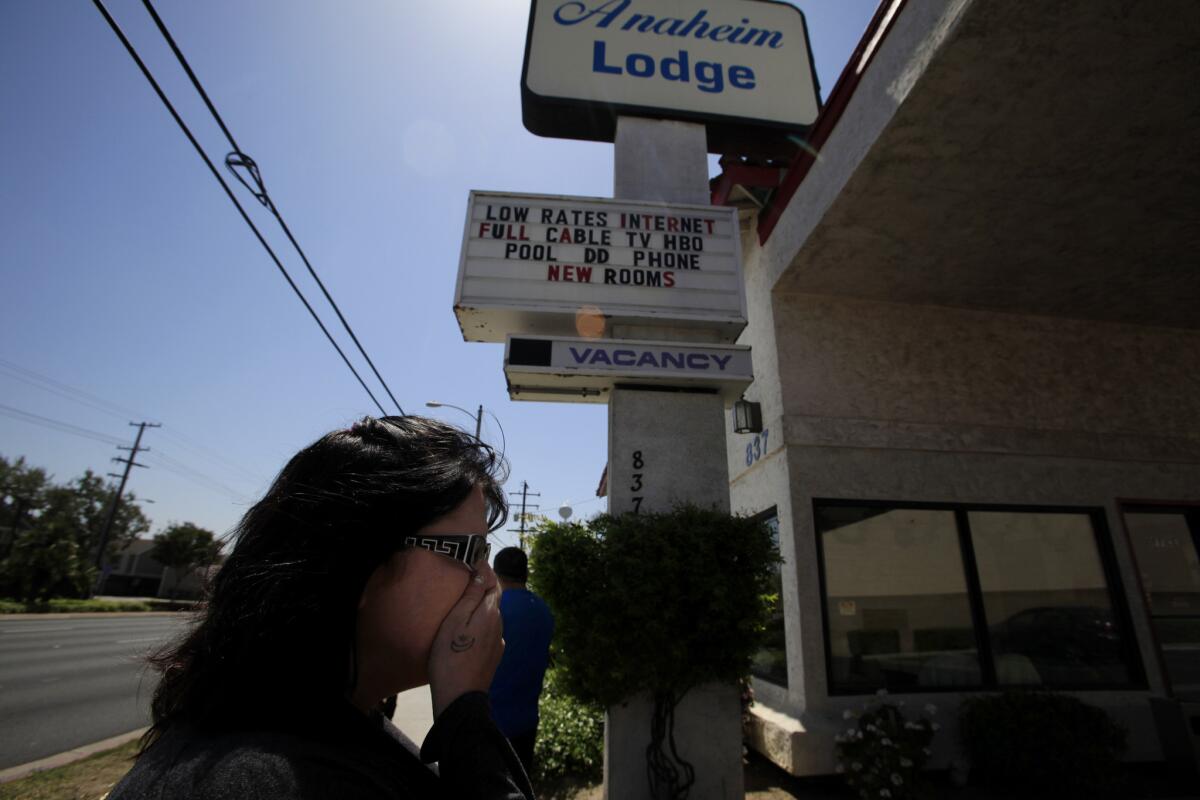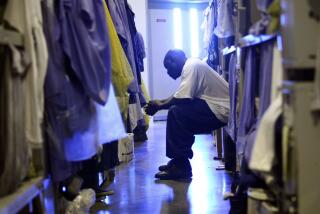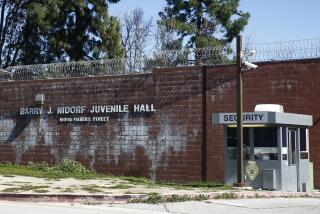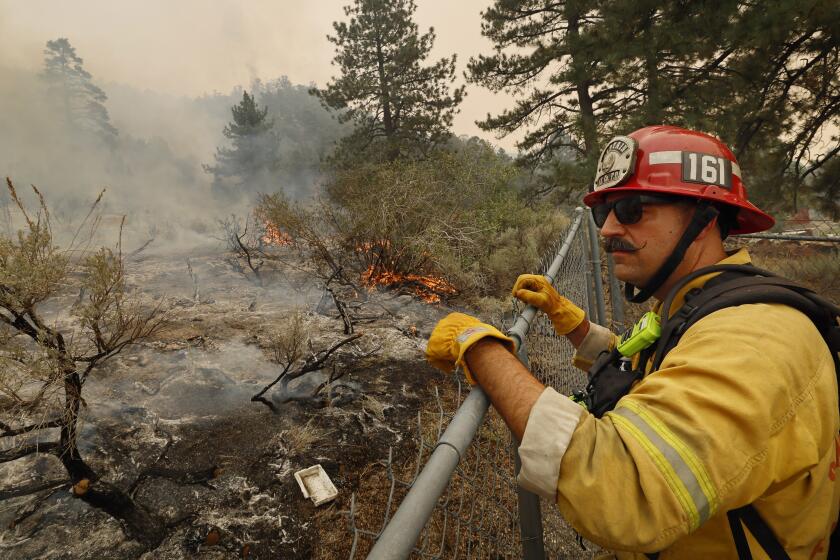More than 60% of state parole agents’ caseloads exceed policy limits

More than 60% of California’s parole agents monitoring sex offenders have caseloads that exceed department policy, a report released Wednesday from the Office of the Inspector General found.
An agent can have 20 high-risk or 40 non-high-risk cases, or an equal combination of the two, according to the California Department of Corrections and Rehabilitation’s policy.
When factoring in those ratios, the inquiry found that 145, or 63%, of the California Department of Corrections and Rehabilitation’s 231 parole agents exceeded the agency’s limits.
One parole agent in Riverside had a caseload of 22 high-risk and 37 non-high-risk sex offenders.
Corrections department spokeswoman Deborah Hoffman said officials always strive to adhere to the policy on caseloads. The number of cases may jump temporarily because of sickness, vacation or other circumstances.
“We are in the process of hiring additional agents to help in those instances where caseloads are above department policy,” Hoffman said. “We will also evaluate our current distribution of agents and will adjust, if appropriate.”
The report also said there’s very little objective evidence defending GPS devices as a crime deterrent.
Ondre Henry, president of the Parole Agents Assn. of California, disagreed and said most sex offender parolees take the gadgets into consideration when making decisions that could violate their parole. Still, he isn’t surprised by the report’s findings that caseloads are too high, which he attributes to budget cuts.
“Those caseloads need to be reduced in order for parole agents to do the best job they can,” Henry said. “If caseloads are high, that means agents are spending less time monitoring.”
All sex offender parolees should be watched with the same intensity, Henry said. He pointed to the case of two accused serial killers in Orange County considered to be non-high-risk cases when they were on parole.
Franc Cano and Steven Gordon are awaiting trial for their alleged roles in the murders of four women. The pair, both registered sex offenders, were arrested in April in connection with the deaths of Kianna Jackson, 20; Josephine Monique Vargas, 34; Martha Anaya, 28; and Jarrae Estepp, 21. They have pleaded not guilty.
Cano and Gordon were under state parole supervision and wearing GPS devices when two of women disappeared from the Santa Ana area in October. Only Cano was on parole at the time that investigators believe the other two victims were killed.
Corrections officials said one agent had as many as 42 sex offenders assigned to him while he was watching Cano and Gordon last August. Another agent who took over Cano’s supervision in September also had to watch as many as 42 parolees. But when the women are believed to have disappeared -- in October, November and March -- the caseloads for the agents overseeing the men fell below 40.
The cost of monitoring sex offender parolees with GPS devices has decreased over the last five years. In fiscal year 2009-10 the California Department of Corrections and Rehabilitation spent $12.4 million; in 2013-14 it spent $7.9 million.
The Office of the Inspector General’s report said GPS devices are less a preventive tool and more of a monitoring tool. In some cases it adds to an agent’s workload, spending about two hours a day analyzing parolees’ movements.
But the technology does help authorities locate parolees faster than ones who do not have a GPS strapped to them.
The report also looked at residency restrictions imposed by Jessica’s Law, which prohibits sex offenders from living within 2,000 feet of a school or park. The restriction contributes to homelessness among paroled sex offenders, making it more difficult for authorities to keep track of them.
Transient sex offenders are more likely to violate the terms of their parole than those who have a home, the report said. Less than 1% of those violations were for sex-related crimes.
Los Angeles Times staff writers Paige St. John and Paloma Esquivel contributed to this report.
For breaking news, follow @AdolfoFlores3.
More to Read
Sign up for Essential California
The most important California stories and recommendations in your inbox every morning.
You may occasionally receive promotional content from the Los Angeles Times.










